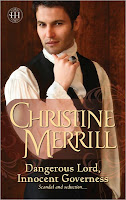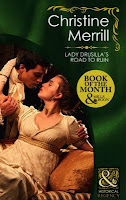Happy Tuesday, everyone! I hope everyone is enjoying their summer. Here we are now in Day 27 of 100+ temps, so I am staying in the AC and drinking lots and lots of iced tea. But I’m also on my “try new things” campaign, which meant I went out on a date with a new man last night (definitely something different!) and am going back to yoga class today for the first time since the surgery. Every day feels more and more “normal” again, and I love it. I’m also on a blog tour with authors Paula Quinn and Sue-Ellen Welfonder (look at my blog for dates–lots and lots of giveaways!)
While I’m trying to stay cool, I’m also making my way through a huge TBR pile of both fiction and non-fiction. One of the books I forgot I bought is Jonathan Downs’s Discovery at Rosetta: The Stone That Unlocked the Mysteries of Ancient Egypt. If you’re read some of my posts here, or my “Muses of Mayfair” series, you know I’m fascinated by archaeology and ancient myths, so I happily settled down to read this last week. And I found out July 19 is the anniversary of the discovery of the Rosetta Stone….
The Rosetta Stone is a pretty dull-looking black granite stele inscribed with a decree issued by Ptolemy V in 196 BC, but it’s inconspicuous appearance belies its enormous importance–since it’s inscribed with the decree in 3 different scripts (ancient Egyptian hieroglyphs, demotic script, and ancient Greek) it was the key to beginning to understand hieroglyphs, which had been a mystery before that.
Originally displayed in a temple, it eventually found itself part of the building materials of Fort Julien near Rashid (Rosetta), where it was discovered by a French soldier in 1799. Luckily Napoleon had taken not only military to Egypt, but a group of 167 scholars and experts known as the Comission des Sciences des Arts to study the history and culture of the region. (This group had a long and colorful experience in Egypt, but that’s another story…). The stone fell into British hands in 1801 and has been in the British Museum since 1802. The first translation of the Greek text appeared in 1803, but it was 20 years before Jean-Francois Champollion announced the initial decipherment of the hieroglyphs. Like many objects, it’s a source of conflict to this day…
For more information, you can visit the Britsh Museum’s site (but I warn you–this site can be a total time suck!)
What are some of your favorite things you’ve come across in museums? How are you staying out of the heat this summer??







